Chair

Martin Court
Martin is currently an Electronics Engineering Manager at Elekta leading a team developing medical linear accelerators. Martin originally joined Elekta as a team member of the Beam Generation team and contributed to the development of High Voltage and RF generation solutions.
Before Elekta, Martin designed high voltage power supplies to power travelling wave tubes used in radar as well as high voltage low noise solutions used in mass spectrometry and industrial X-Ray applications.
Martin is very passionate about STEM outreach teaching young people about the possibilities of engineering and also about continuous professional development of Engineers whatever stage of their career.
Vice Chair

Adnan Khattak
Adnan is a professional electrical engineer working in the MedTech industry. His professional career spans over two decades in the industry and academia, focussing mainly on medical imaging (MRI/CT) and particle accelerators (cyclotrons).
Based in London, Adnan (aka Eddy) has an international experience and presently works in the Molecular Imaging division of Siemens Healthineers. In the past, he had completed the medical engineering trainee engineer induction program at Siemens AG. He had served in various field engineering and technical management roles at Siemens, Ion Beam Applications Ltd. and Alliance Medical Radiopharmacy Ltd. He had also served as a technical lead for an electrical engineering program accreditation and labs development at the Comsats University.
His interests include particle accelerators for medical imaging and cancer therapy, MRI tech support and digital twinning of complex healthcare systems. In addition, he supports the promotion of engineering and technology as a profession, and the role of STEM and women in engineering. He is member of various industry and professional associations including the IET.
He has a BSc Electrical Engineering degree from the University of Engineering and Technology, Pakistan, and MBA degree from the University of Wolverhampton. He had completed various CPD courses at the Oxford University and Imperial College London in digital twinning and digital transformation in healthcare.
Members
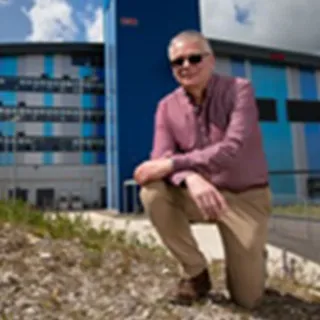
Mike Glover
Mike is a chartered engineer who is currently responsible for the ISIS Neutron and Muon facilities electrical distribution, magnet power systems and the accelerator controls. During his time at ISIS Mike has gained experience in the design and operation of accelerator magnets and their power supplies, synchrotron RF ferrite resonant cavities and low power RF controls.
Mike is the lead division head within ISIS for ensuring the facility operates to meet its environmental sustainability targets aimed at achieving net zero operation. As an ex-member of the graduate training program Mike is an active graduate mentor and supporter of the STFC apprenticeship training scheme.

Laura Corner
Dr. Corner is a lecturer in laser accelerator science in the School of Engineering, University of Liverpool, and also works at the Cockcroft Institute of Accelerator Science and Technology based at Daresbury Laboratory.
She studied theoretical physics at Imperial College and after completing her PhD in photorefractive materials there she moved to Oxford to carry out research in many areas of laser science, including novel diode sources for ultrasensitive spectroscopy and attosecond pulse generation, before moving to the John Adams Institute for Accelerator Science.
She was appointed as lecturer at Liverpool in Jan 2018 and her current research interests include the application of lasers to all areas of particle accelerator science, especially novel high gradient techniques.
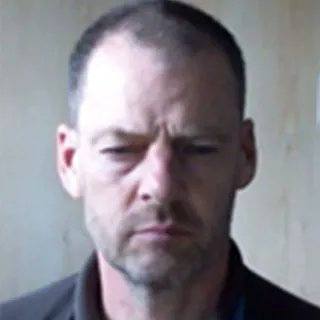
Steve West
Steve is an electrical engineer in the Magnet Power Supplies Group at Rutherford Appleton Laboratory where he is responsible for the ‘White Circuit’ that runs the main magnets on the ISIS accelerator. His work spans both operational support and development of new equipment for the main-magnet power supply system.
He is also involved in the graduate scheme and organises mentoring for the IET graduates across the organisation. Other work interests include sustainability and reliability; a strong motivation for the latter being a wish to reduce the need to come in out-of-hours to fix problems.
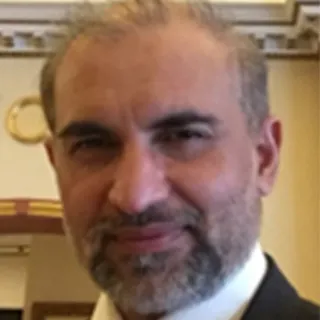
Imran Tahir
Imran Tahir received the B.Eng. (Hons.) degree in Electrical & Electronics Engineering from the University of Engineering and Technology, Lahore, Pakistan, in 2000. He pursued his career in digital phase locked loops for wireless communications before joining Lancaster University Engineering Department in 2003, to conduct research work on frequency and phase locking of CW Magnetrons for super conducting Linac applications and received the Ph.D. degree in 2009.
His parallel research work was on low level RF control for phase synchronisation of crab cavities during this time. He joined Rapiscan Systems in 2010 where he worked on X-ray control systems and evolution of Linac systems specific to cargo scanning to meet needs of the industry.
In 2018 he joined Teledyne e2v and continues to work on optimisation and enhancement of Magnetron based RF systems for radiation oncology Linacs, in light of current and future demand. His interests include Linac RF applied engineering, Magnetrons & modulators, phase synchronisation and feedback control systems.

Luke Antwis
Luke is currently the Head of Ion Beam Processing at the University of Surrey Ion Beam Centre and is responsible for the operation of the centre’s multiple accelerators that are principally utilised for ion implantation of semiconductors. His primary responsibilities are developing the implant capabilities of the centre in order to maintain its status as a state-of-the-art laboratory in keeping with its EPSRC national facility status.
As well as the IET Particle Accelerator Exchange Network, he is also a member of the committee of the IoP’s Plasma Surfaces and Thin Films Group. He is currently on the senior management committee of the IBC and leads a team of 3 Liaison Fellows and 3 Experimental Officers in the implant lab, and currently co-supervises 1 PhD student and 1 Masters student.
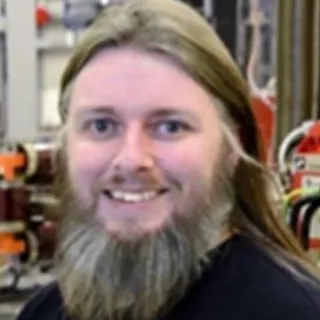
Professor Graeme Burt – Past Chair
Graeme is an international expert in the development of RF systems for particle accelerators covering RF amplifiers and RF cavities for a range of applications from high energy physics, light sources and medical accelerators. He teaches electronic & electrical engineering at Lancaster University as well as being a member of the Cockcroft Institute.
He is currently the technical coordinator for HL-LHC-UK and has co-authored a textbook on accelerator science. He is the co-founder of the particle accelerator engineering network. Graeme is also very passionate about student mental health and increasing awareness about this subject.
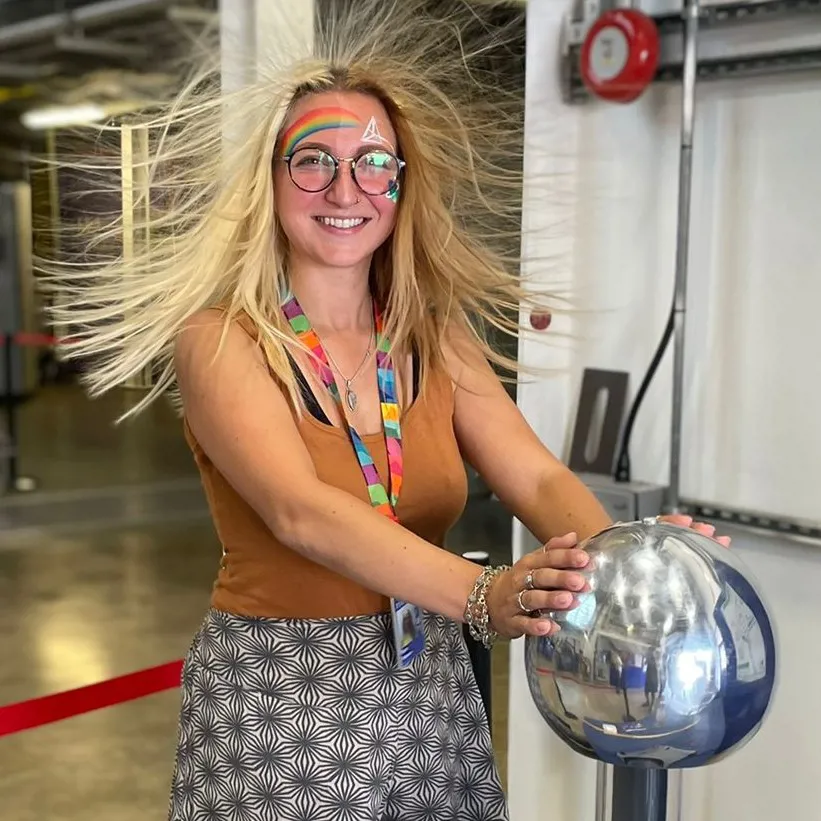
Sam Pitman
Sam is an RF Engineer with a specialism in high power RF, cavities for accelerators, and medical accelerators. She has experience working with an array of RF systems such as Klystrons, Magnetrons, Tetrodes, IOTs, and Solid State Amplifiers, and is an author on multiple patents.
She studied Electronic and Electrical Engineering at Lancaster University and went on to complete a PhD in RF cavity design for a medical accelerator. She completed her senior fellowship at CERN in the Compact Linear Collider (CLIC) group, where she specialised in high power testing of high gradient X-band RF cavities. She joined Elekta in 2020 following her interest in medical applications of accelerators.
Sam is currently deputy section leader in the amplifiers and couplers section at CERN and is responsible for the high-power RF systems for the Super Proton Synchrotron at CERN.
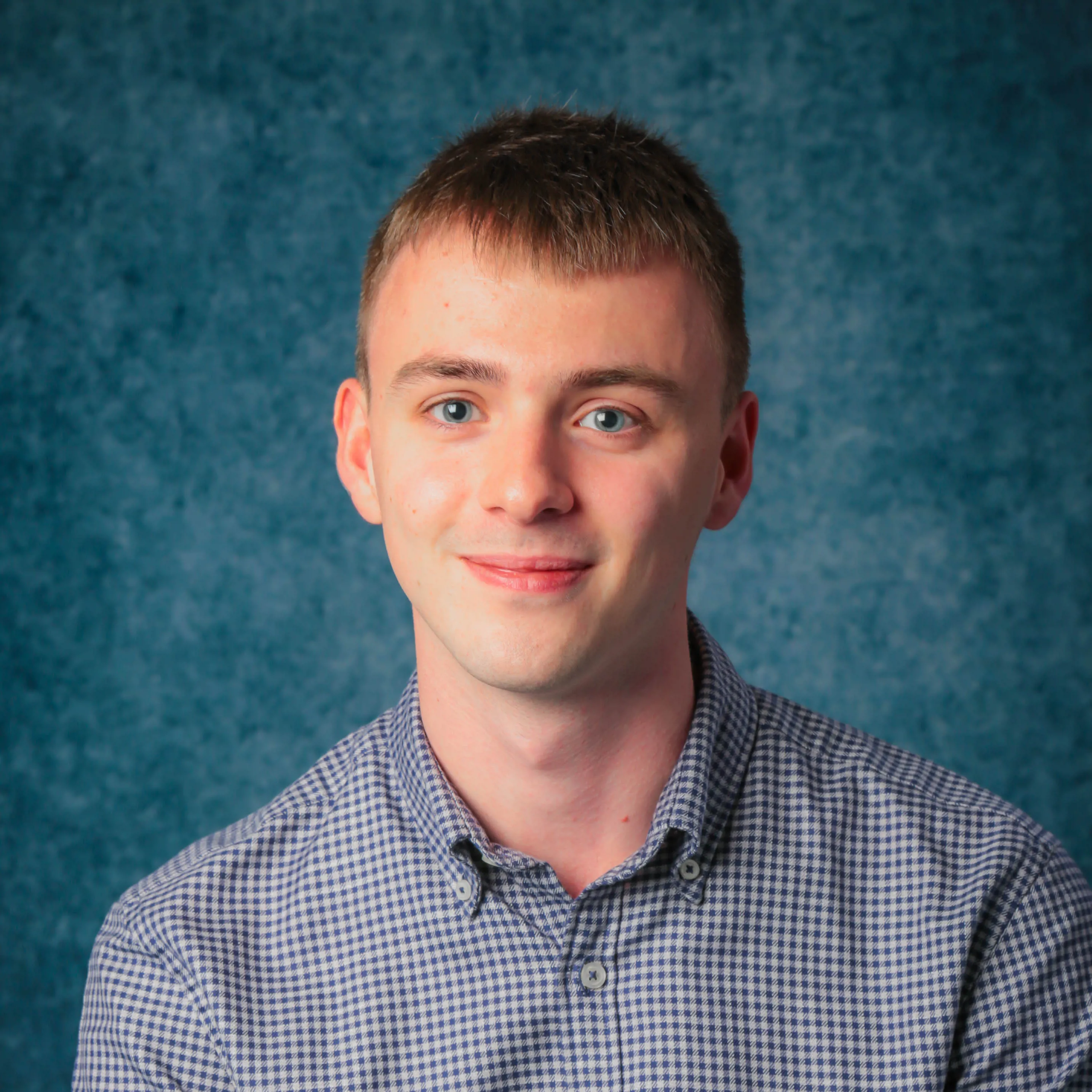
Alex Headspith
Alex started at STFC in 2016 as a Mechanical Engineering Apprentice, training across multiple accelerator teams as well as working on placement at CERN in 2019 with the Beam Instrumentation Division.
Graduating to become a Mechanical Engineering Technician, Alex worked on the assembly, testing and integration of the CLARA (Compact Linear Accelerator for Research Applications) machine at Daresbury Laboratory, as well as delivering on key projects including CARME (Cryring Array Reaction Measurements) and the ZEPTO (Zero Power Tuneable Optics) Permanent Magnet currently installed on Diamond.
In his current role as a Mechanical Design Engineer, Alex has delivered key upgrades and subsystems for CLARA, working primarily in the design and development of Vacuum, RF and Accelerator systems as well as developing new equipment for the ASTeC Photocathode Research and Development programme.
IET staff support

Gemma Hadley
Community Manager
Contact communities, use reference QETN to: Communities-support@theiet.org
We’re upgrading our systems, and this includes changes to our customer and member account log in, MyIET. It’s part of our big picture plan to deliver a great experience for you and our wider engineering community.
Whilst most of our websites remain available for browsing, it will not be possible to log in to purchase products or access services from Thursday, 17 April to Wednesday, 30 April 2025. Our Member Relations team is here to help and for many of our services, including processing payments or orders, we’ll be able to support you over the phone on +44 (0)1438 765678 or email via membership@theiet.org.
We apologise for any inconvenience this may cause and thank you for your understanding.
For further information related to specific products and services, please visit our FAQs webpage.
